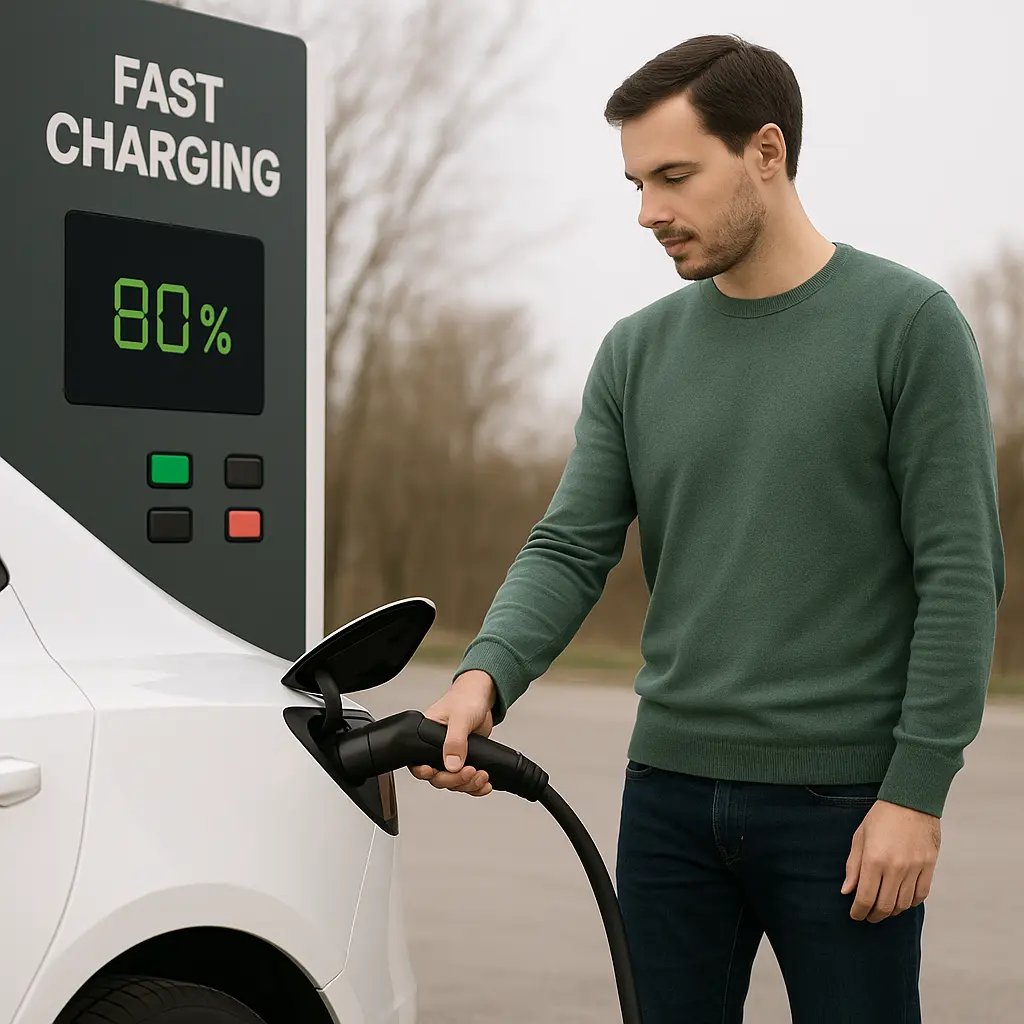Do EV Chargers Use Electricity When Not Charging?
As electric vehicles (EVs) become more common in Europe and North America, questions about charging behavior are also increasing. One of the most common concerns is: “Does an EV charger use power when it’s not charging?” This article explains how EV chargers behave when idle, how much energy they consume, and whether it matters for […]
Do EV Chargers Use Electricity When Not Charging? Read More »











